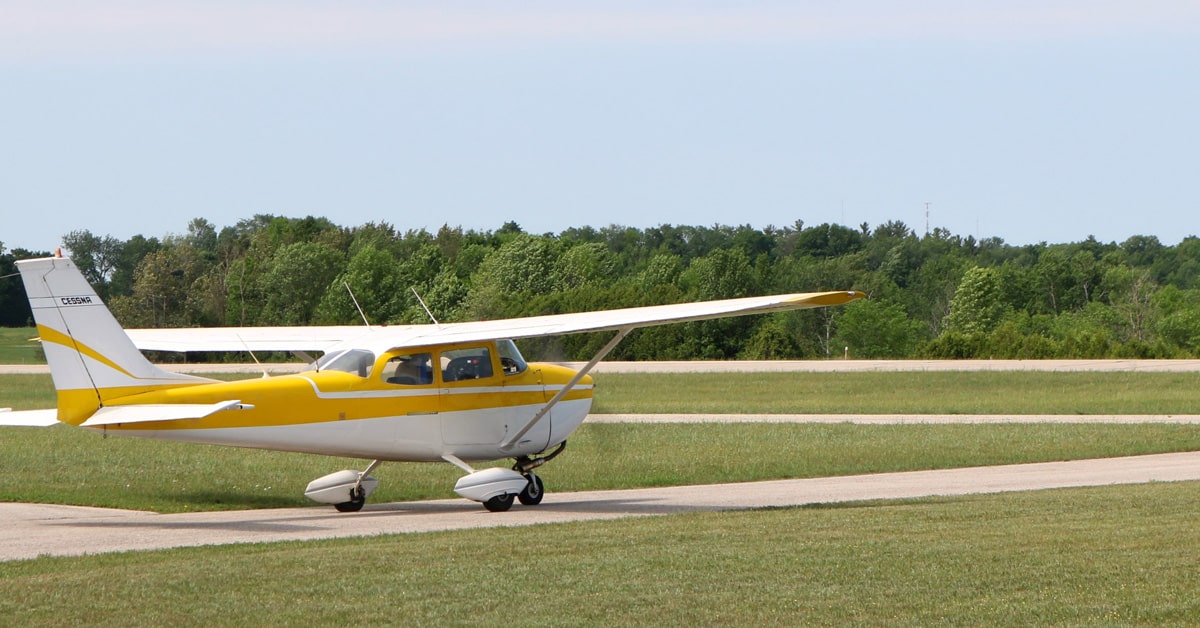Football season is upon us, and game footage is everywhere. Watching your favorite team take on their rival (whether on TV or streaming on a phone or computer) you may notice that one swooping angle is missing: drone coverage. While the spring football leagues, first the USFL and now the UFL, have been using drone footage as a way to stand out (if you attend one of their games, you can’t miss the high-pitched whine of the tiny drone used), there’s a regulatory reason you don’t see them during NFL or NCAA football games. If you’ve ever thought about investing in your own drone and taking your own drone footage at a sporting event, allow us to dissuade you.
First, in special circumstances, the Federal Aviation Administration (FAA) has the power to issue something called a Temporary Flight Restriction (TFR), which does exactly what it sounds like—temporarily restricts access to a designated airspace. In this case, the skies around any stadium that seats 30,000 or more people and is hosting a regular or post-season National Football League or NCAA division one football game are classified as National Defense Airspace. (This also applies to Major League Baseball games and NASCAR Sprint Cup, Indy Car, and Champ Series races.) From one hour before the scheduled time of the event until one hour after the end of the event all aircraft operations—including uncrewed aircraft and remote-controlled aircraft—are prohibited within a 3–nautical mile radius up to and including 3,000 feet above ground level.

Flights related to sanctioned broadcast coverage may be allowed if they have an airspace waiver and all necessary authorizations in addition to obeying all Federal Aviation Regulations. (It’s worth noting that this restriction does not apply to aircraft used for the department of defense, law enforcement, or air ambulance flight operations.) The NFL and NCAA both take crowd and team safety seriously and have been resistant to drones flying during their games, only sometimes using them to capture practices or marketing video.
Second, flying a drone in a professional capacity requires you to jump through several hoops before you can take that video. In addition to obtaining the rare permission to be and film there, you must be certified as a professional drone operator. While recreational drone pilots operate under Section 44809 of Title 49 of the Code of Federal Regulation (CFR), professionals operate under Title 14 Part 107 of the CFR. In conjunction with his excellent advice for recreational pilots, Patrick Sherman discusses how to become a certificated remote pilot-in-command (RPIC) in Getting Started with Drones and Model Airplanes.
The primary hurdle you will have to overcome is a 60-question Airman Knowledge Test (AKT), which is administered at an FAA-approved testing center, typically located at smaller, general aviation airports. While obviously being focused on drones, the test shares a fair amount of content in common with the private pilot written exam.
You will have two hours to complete the test, and you’ll pay for the privilege. A passing score is 70 percent, and if you don’t pass, you’ll need to wait two weeks before trying again—and paying again. . . .
Other requirements for becoming a Part 107 RPIC include:
- Being at least 16 years of age;
- Being able to read, write, and speak English; and,
- Being able to pass a background check by the Transportation Security Administration (TSA).
The Stadium Manager’s Association has partnered with the FAA to help get the word out about these restrictions. The have created the “It’s Game/Race Day: Leave Your Drone at Home” safety campaign.

With slogans like “We are not playing, leave your drone at home,” and “Be a good sport, leave your drone at home,” this campaign is engineered to make sure people know that the FAA is serious about these rules. The TFR states that “any person who knowingly or willfully violates the rules pertaining to operations in this airspace” may be subject to criminal penalties, as well as “intercepted, detained, and interviewed by law enforcement/security personnel.” We suggest you avoid all that and park your drone before you head out to a race or take in a game.
Featured image photo by Kelly @ pexels.com








